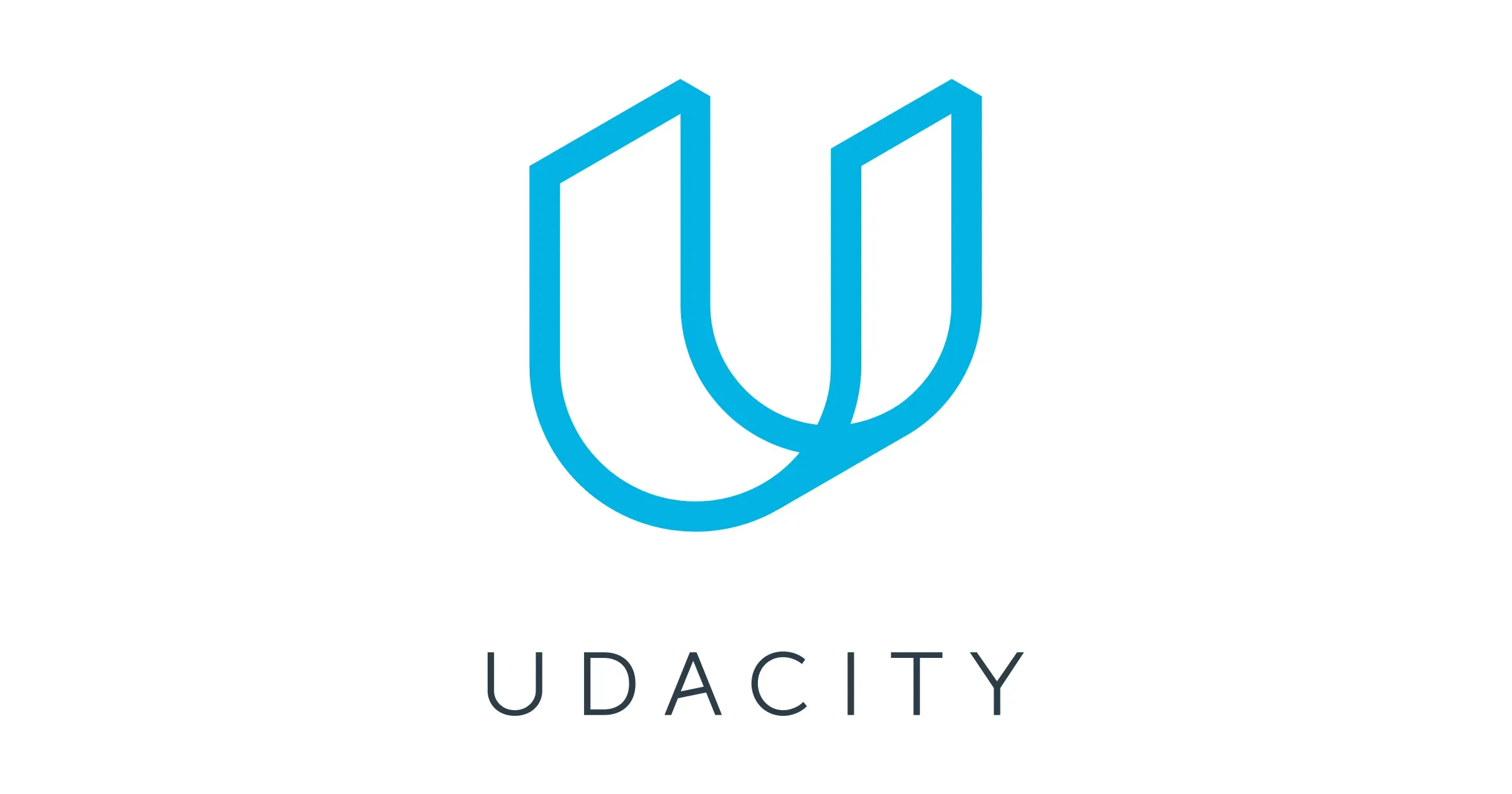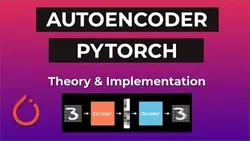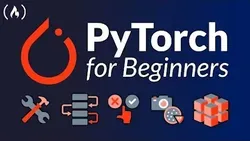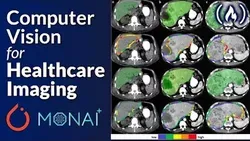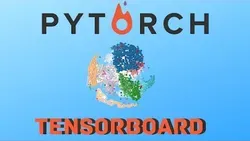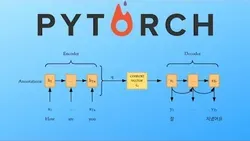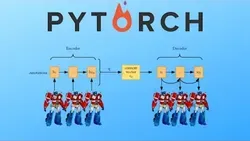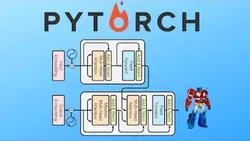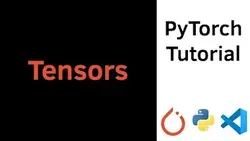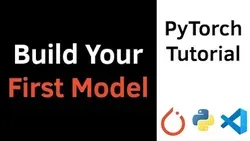Free Online Pytorch Courses and
Certifications 2025
Pytorch is an open source machine learning library for Python. It is suitable for data scientists, machine learning engineers, and AI researchers. Courses related to Pytorch include Deep Learning with Pytorch, Natural Language Processing with Pytorch, and Computer Vision with Pytorch. It is suitable for fields such as computer vision, natural language processing, and deep learning.
Popular Courses
This course provides an introduction to the techniques and tools needed to train AI models that protect user privacy. Through the use of PyTorch, participants will gain the skills to develop secure and private AI models.
Learn More
This course provides an introduction to machine learning using Pytorch, covering data cleaning, supervised models, and deep and unsupervised learning. Participants will gain a foundational understanding of machine learning algorithms.
Learn More
This course provides an introduction to deep learning using PyTorch. It covers topics such as installation, tensor basics, autograd, backpropagation, gradient descent, training pipeline, linear and logistic regression, datasets and dataloaders, convolutional neural networks, recurrent neural networks, and more. It is designed to help learners understand the fundamentals of deep learning and how to apply them to real-world problems.
Learn More
This course provides an introduction to Autoencoders in PyTorch, covering both theory and implementation. It begins with data loading, followed by a simple Autoencoder and a training loop. The course then moves on to plotting images and a CNN Autoencoder, before concluding with an exercise for the student. This course is ideal for those looking to gain a comprehensive understanding of Autoencoders in PyTorch.
Learn More
This course provides an introduction to deep learning and machine learning using PyTorch. It covers topics such as why to use machine/deep learning, the differences between machine learning and deep learning, the anatomy of neural networks, different learning paradigms, and more. It is designed to help learners understand the fundamentals of deep learning and machine learning and how to apply them using PyTorch.
Learn More
This course provides an introduction to PyTorch and Monai for AI Healthcare Imaging. It covers software installation, finding datasets, preprocessing, and common errors. It also explains Dice Loss and Weighted Cross Entropy, two important metrics for AI healthcare imaging. Participants will learn how to use these tools to create AI healthcare imaging models.
Learn More
This tutorial provides an overview of data augmentation using Albumentations, with a focus on PyTorch. It covers augmentation techniques for classification, segmentation, and detection tasks, and provides a full PyTorch example. It is a comprehensive guide to help users get started with data augmentation.
Learn More
This comprehensive course provides an in-depth introduction to PyTorch for deep learning. Through hands-on tutorials, participants will learn how to build and train neural networks with PyTorch and Python, making deep learning more accessible to beginners.
Learn More
This tutorial provides a comprehensive guide to image segmentation using PyTorch and U-NET. It covers the entire process from scratch, including creating a dataset, building a model, training, and evaluation. It also provides useful utilities to help with the process. This tutorial is a great resource for anyone looking to get started with image segmentation.
Learn More
This tutorial provides an overview of how to use TensorBoard with PyTorch. It covers initializing SummaryWriter, creating a loss and accuracy plot, doing hyperparameter search, visualizing dataset images and network weights, and using the Tensorboard Embedding Projector. This tutorial is a great resource for anyone looking to get started with TensorBoard and PyTorch.
Learn More
This tutorial provides an overview of how to use Pytorch to create a sequence-to-sequence model for machine translation. It covers data processing using Torchtext, implementation of the encoder and decoder, putting it together to form a Seq2Seq model, setting up training, fixing errors, and evaluation. The tutorial provides a comprehensive guide to creating a machine translation model using Pytorch.
Learn More
This comprehensive course provides an in-depth exploration of deep learning concepts and their application to a real-world project using PyTorch and Python. Learners will gain an understanding of the key principles behind deep learning and how to apply them to their own projects.
Learn More
This course provides an introduction to using Pytorch Transformers for Machine Translation. It covers data preprocessing, setting up a Transformer network, training the model, fixing errors, and evaluating the model with a BLEU score. It provides a comprehensive overview of the process for those interested in using Pytorch Transformers for Machine Translation.
Learn More
This course provides an overview of the Transformer model, a powerful deep learning architecture based on the Attention is All You Need paper. It covers the Attention Mechanism, TransformerBlock, Encoder, DecoderBlock, and Decoder, and how they work together to form the Transformer. It also includes a small example and tips on fixing errors.
Learn More
This course provides a comprehensive introduction to PyTorch Tensors for beginners. It covers topics such as creating Tensors, different types of Tensors, operations on Tensors, slicing and indexing, reshaping, saving and loading Tensor data. It is a great resource for anyone looking to learn the basics of PyTorch Tensors.
Learn More
This course provides an introduction to PyTorch and Python for beginners. It covers notebook setup, exploring data, creating a model, turning data into Tensors, making predictions from an untrained model, training, exploring predictions, and drawing conclusions. Learners will gain the skills to build their first model with PyTorch and Python.
Learn More
Pytorch Courses
Career Trends
Career Prospects
| Average Salary | Position Overview
|
| Research Scientist | $106,632 per year
| Research scientists have the task of designing, conducting, and analyzing data from controlled laboratory-based investigations, experiments, and trials. They can be employed by government laboratories, environmental organizations, specialized research institutions, or universities. |
| Algorithm Engineer | $151,856 per year | The role of an algorithm engineer involves enhancing AI applications to assist clients or employers in identifying patterns or issues within datasets. |
| Machine Learning Engineer | $197,556 per year | Machine learning engineers play a crucial role as members of the data science team. They are responsible for researching, building, and designing artificial intelligence systems that enable machine learning. Additionally, they also maintain and improve the existing artificial intelligence systems. |
| Software Engineer | $166,416 per year | Software engineering is a field of computer science that focuses on designing, developing, testing, and maintaining software applications. Software engineers use their knowledge of programming languages and engineering principles to create software solutions for end-users. |
Educational Paths
1. Official PyTorch documentation: The official PyTorch website provides comprehensive documentation that covers the basics of PyTorch, including installation, tutorials, and code examples.
2. PyTorch courses on online learning platforms: Platforms such as Coursera, Udemy, and edX offer PyTorch courses for different levels of expertise.
3. PyTorch community forums: PyTorch has a large community of users and developers who share their knowledge and experience on various forums and discussion boards, such as PyTorch Forums and Stack Overflow.
4. PyTorch books: There are several books available that cover PyTorch, including "Deep Learning with PyTorch" by Eli Stevens, Luca Antiga, and Thomas Viehmann, and "PyTorch Recipes" by Pradeepta Mishra.
Frequently Asked Questions and Answers
Q1: What are IBM PyTorch courses?
IBM's PyTorch courses are professional certification courses designed to give learners a comprehensive understanding of the principles of deep learning and how to use PyTorch to achieve their organization's goals. Through a partnership with edX.org, these courses provide an in-depth look at the fundamentals of deep learning and how to apply them with PyTorch. With these courses, learners can gain the skills and knowledge needed to develop and deploy deep learning models with PyTorch.
Q2: How do I install PyTorch?
To install the latest PyTorch code, one needs to build PyTorch from source. CUDA installation is necessary if the machine has a CUDA-enabled GPU. Building on Windows requires Visual Studio with MSVC toolset and NVTX. The specific requirements for these dependencies can be found here.
Q3: Is PyTorch faster than torch?
Hence, PyTorch is known for its fast performance, whether running small or large neural networks. The memory usage in PyTorch is highly efficient compared to Torch or other alternatives. Custom memory allocators have been implemented for the GPU to ensure maximum memory efficiency for deep learning models.
Q4: Does PyTorch require a new compiler?
Using 2.0 does not necessitate modifying PyTorch workflows. A model can be optimized to utilize the 2.0 stack and seamlessly run alongside other PyTorch code with a single line of code: model = torch.compile(model). The decision to adopt the new compiler is entirely optional and not mandatory. Is 2.0 automatically activated?
Q5: What Pytorch courses can I find on OeClass?
On this page, we have collected free or certified 121 Pytorch online courses from various platforms. The list currently only displays up to 50 items. If you have other needs, please contact us.
Q6: Can I learn Pytorch for free?
Yes, If you don’t know Pytorch, we recommend that you try free online courses, some of which offer certification (please refer to the latest list on the webpage as the standard). Wish you a good online learning experience!
